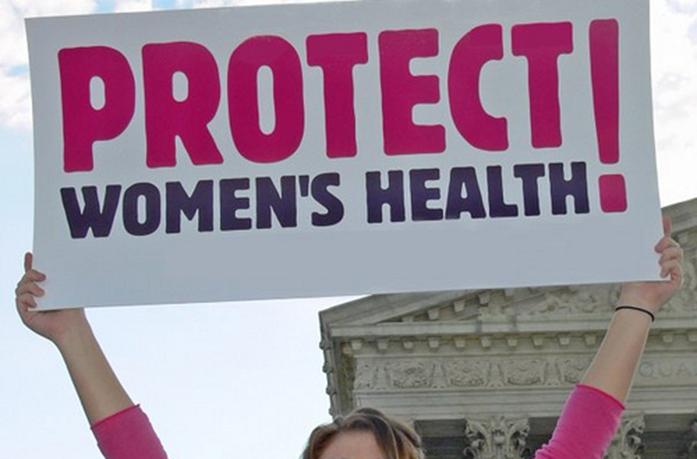By Dot Armstrong
Last week saw the inaugural meeting of the Student Advocates for Planned Parenthood, birthed by University of Iowa sophomores Adelaide Zwick and Gina Mostafa. The group members described themselves on their Facebook page as “A University of Iowa Next Generation chapter focused on intersectional reproductive rights.” Through the new student organization, Zwick and Mostafa prioritize inclusivity, education, and activism on behalf of numerous social-justice causes. Among these causes is the utility of Planned Parenthood itself.
It’s exciting to have student advocates for Planned Parenthood on campus, fighting for accurate representation of the beneficial, diverse services offered by the 100-year-old institution. That’s right — it’s not just a heedless purveyor of abortion. In fact, Planned Parenthood strives to avoid abortions at all costs.
Consider the descriptive name: “Planned” connotes foresight and healthy habits, while “Parenthood” means precisely the opposite of “abortion.”
True to its title, Planned Parenthood provides an array of health options. The majority of patients at Planned Parenthood are pursuing preventative care. According to Planned Parenthood’s 2014-15 report, only three percent of the organization’s services are abortions. Forcible termination of pregnancy accounts for a tiny fraction of Planned Parenthood’s duties. The organization functions primarily as a refuge for low-income folks in need of contraception, STI testing/treatment, cancer screenings, checkups, and, finally, sexual education. It’s not only for women, although women more frequently use the services. In short, Planned Parenthood is a bastion of basic reproductive knowledge, kept affordable by public health-care programs that are quickly disappearing.
If pro-life supporters considered the measures Planned Parenthood pushes, they’d be rather unwilling to defame the organization. Planned Parenthood offers information about sexual health and tried-and-true methods of contraception — to prevent unwanted pregnancies that would necessitate abortions.
Plus, defunding Planned Parenthood isn’t as simple as it sounds. Because the organization depends upon federal, state, and local sources for monetary support, the Republican Congress can’t simply pull the plug. And even if pro-life lawmakers could leave Planned Parenthood high and dry, they might not enjoy the consequences.
Also according to its annual report, Planned Parenthood serves 2.5 million people each year. If Planned Parenthood were defunded, these 2.5 million people would have to pay for their health care out of pocket. It’s interesting to consider that nearly two-thirds of Planned Parenthood’s clients also rely on public programs such as Medicaid and that since 1976, the Hyde Amendment has made it illegal for Medicaid to cover abortions. Who, then, is a defunded Planned Parenthood really helping?
When Republicans claim Planned Parenthood is the sole source for relentless pro-choice blasphemy, they’re not considering the whole picture. They don’t see the comprehensive benefits of an organization dedicated to preventative care. I hope Zwick and Mostafa will spread the straight facts about Planned Parenthood to the campus and the community, using their collective powers to promote an accurate depiction of the institution that will transcend reductive propaganda and encourage greater appreciation for empowering educational initiatives.



